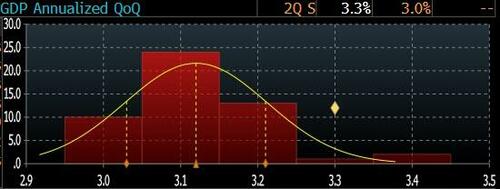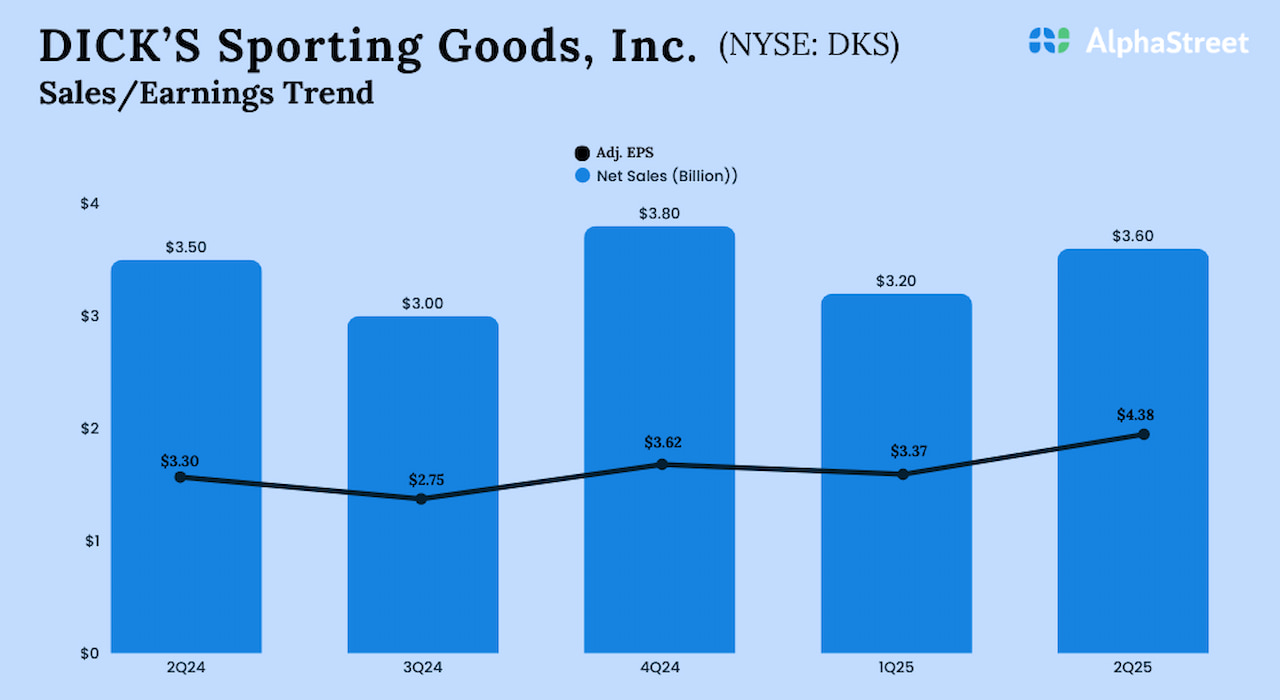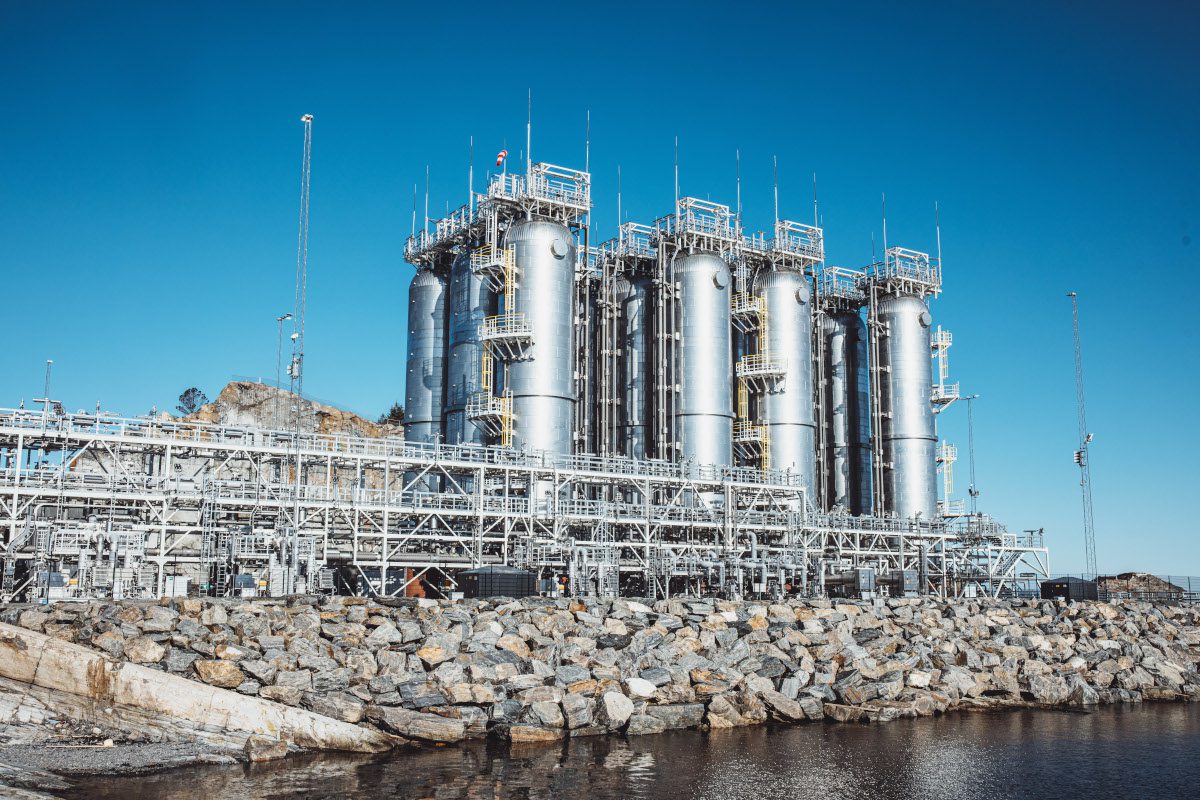Onshore storage tanks at the processing hub in Øygarden (image credit: Ruben Soltvedt)
The first captured CO₂ has been injected into the subsea reservoir – 100km off the west coast of Norway – being used for Longship, the Norwegian government-backed carbon capture and storage (CCS) project, said to be one of the most ambitious in the world.
Announced on 25 August, these first CO2 volumes were transported by ship from Heidelberg Materials’ cement factory in Brevik, Norway to the Northern Lights’ Øygarden facility, the onshore receiving, processing, and storage hub for the Longship CCS project, near Bergen. From there, they were injected 2,600 meters below the seabed into the Aurora reservoir, located 100km off the coast.
The CO2 is first liquified at Øygarden, before being pumped at high pressure through a subsea pipeline to the storage destination, a porous sandstone rock formation capable of holding CO2 while it is gradually mineralised, becoming part of the rock formation.
Volume storage of CO2 in the Aurora reservoir is scheduled to begin in 2029, starting with the capture of 400,000 t CO2/year at Heidelberg Materials’ cement plant in Brevik, and 350,000 t CO2/year from the planned facility at Hafslund Celsio’s waste-to-energy plant in Oslo.
Northern Lights is responsible for running the Øygarden facility. The group, a joint venture between Equinor, Shell, and TotalEnergies, has signed commercial agreements with industrial and energy companies in the surrounding region, including Yara (Netherlands), Ørsted (Denmark) and Stockholm Exergi (Sweden).
Offloading in Øygarden (image credit: Ruben Soltvedt / Northern Lights).
The first phase of the project aims to store 1.5 Mt CO2/year, capacity that has already been fully booked. A development plan for phase 2 has been approved by the Norwegian Ministry of Energy, and this will increase the capacity to over 5 Mt CO2/year, making Longship a key component of Europe’s climate strategy, according to the project partners.
One distinguishing feature of the project is its seemingly world-first attempt to integrate the entire CCS value chain, encompassing CO2 capture, transport and storage. It is also described as the world’s first merchant CO2 transportation and storage project.













